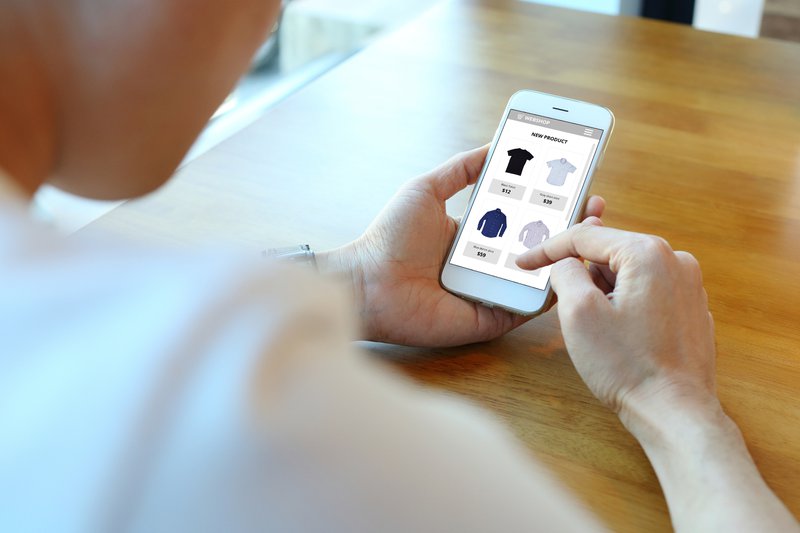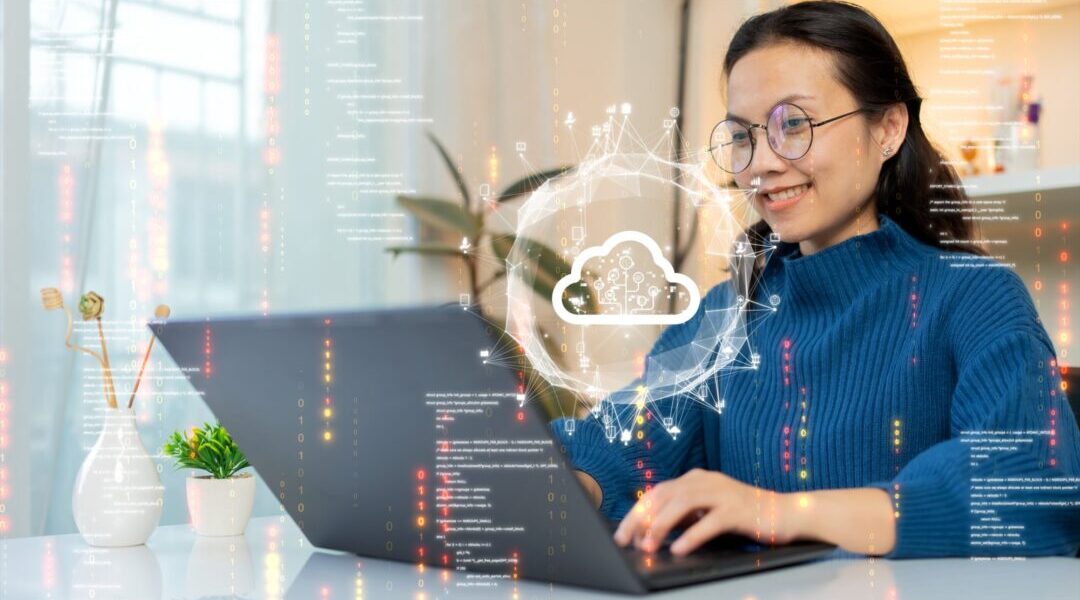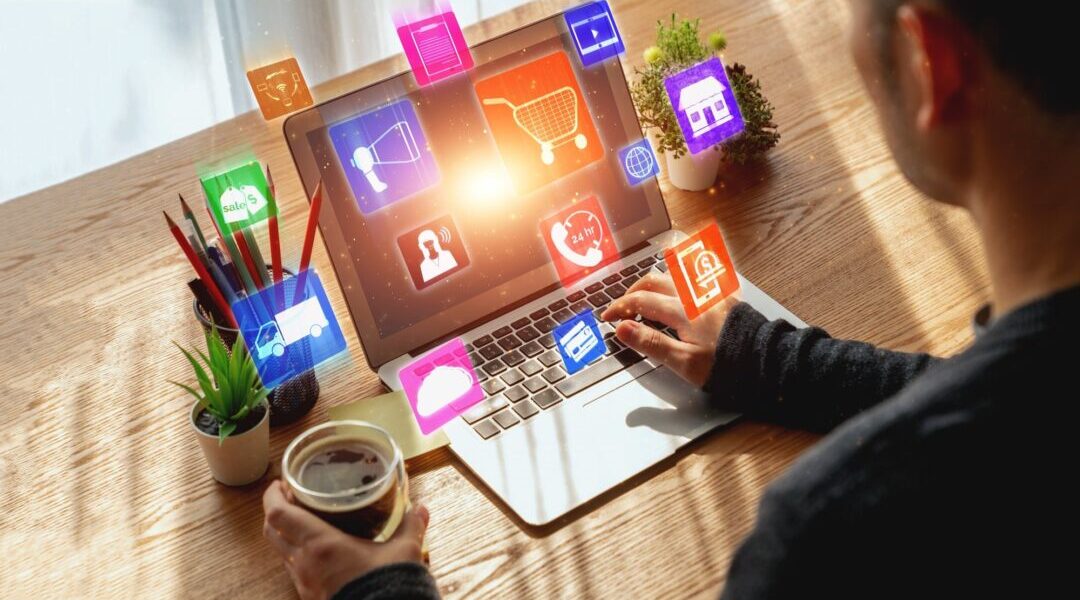For decades, businesses have relied on legacy eCommerce platforms that provide a one-stop shop for users. However, detached or headless eCommerce development is exposing the weaknesses of legacy systems.
For instance, using headless development to separate your business’ front- and back-end systems gives you more flexibility when building and maintaining your site.
Marketing trends constantly fluctuate, and users—B2B and B2C clients alike—expect more from their sites. In particular, B2B clients expect experiences akin to their favorite B2C sites.
How do you meet and exceed client expectations with detached eCommerce? Modernize your business in three key ways: improving user experiences, increasing overall efficiency, and adapting to business growth.
1. Improving the Overall Customer Experience

Whether your business is B2B or B2C, you should always seek customer feedback. Clients will have specific needs, but their expectations for a user-friendly platform are similar.
B2B clients want the same ease they find on their favorite B2C sites. A detached eCommerce solution provides countless mechanisms, allowing you to be responsive in developing your front-end user experience.
Simplified Ordering
Ordering products is central to any B2B or B2C experience. Headless eCommerce simplifies and improves the ordering process for your clients.
Customers can create wish lists and easily reorder critical products. You can also customize your tracking and bill payment options through headless development.
If your processes need to change at any point, your headless interface lets you quickly adapt to include the elements most beneficial to your customer.
Customizable Catalogs
Different B2B clients may request unique services, packages, or products. Clients may also only order products in specific quantities—boxes vs. pallets.

Headless eCommerce streamlines the experience for all clients, only showing them the options that relate to their needs. Through detached eCommerce, your catalogs become entirely customizable based on contract without disrupting system performance.
Cross Platform Accessibility
Many eCommerce companies strive to provide customers with the best omnichannel experiences.
From implementing state-of-the-art contact center solutions to offering live chat, the aim is to keep customers engaged with your brand. Even B2B clients may shop outside your website, using their phones or social media sites instead.
Headless commerce development provides eCommerce businesses with another opportunity to boost the customer experience. As new technologies emerge, headless eCommerce adapts.
2. Increasing Marketing Speed and Efficiency
As your company grows, your detached eCommerce experience can grow with you. Rather than completely rebuilding to update your system, you can quickly roll out client-facing solutions without rethinking your entire approach.
Headless architecture can move your company from performance metrics to B2B or B2C interface adjustments in record time. As new technologies, applications, or touchpoints emerge, you can integrate these into your platform.

Balanced Workloads
With headless eCommerce, teams can divide and conquer system needs when developing your administrative and user-facing experiences. User interface (UI) experts can focus on the client side of your platforms, while your IT and developers can focus on the back end.
With the work divided and balanced, teams can work much more efficiently. When changes are needed in one area, you’ll no longer be required to implement changes on the other side, reducing overall labor hours.
Roll-Out Time
In marketing, everything moves fast. User needs are constantly in flux. Your company’s response and roll-out times are critical to a cutting-edge marketing strategy.
Legacy systems take substantial time to update and integrate new experiences. However, with headless eCommerce platforms, the user-facing interface of your platform can be updated and rolled out to clients much more quickly.
Efficiency and Functionality
On top of labor efficiency and delivery time, the overall functionality of your client’s experience across your platforms is improved through headless development.

When front-end and back-end platforms are separated, your pages will generally load much faster—the front-end client isn’t struggling to pull forward all your back-end elements.
Also, your pages will experience fewer outages and less downtime. Back-end tech maintenance and administrative updates don’t create system-wide outages, giving your users more time to enjoy their experience.
3. Growing Customer Base and Reach
Users are at the heart of your business—so supporting your clients (B2B and B2C) should drive your team’s decisions, not technological limitations. Traditional eCommerce platforms limit your ability to acquire and retain customers in various ways.
However, headless eCommerce development opens numerous opportunities to support your clients.

Support Your Smaller Businesses
Use your existing technology investments to give larger and smaller clients similar experiences. If you invest in the digital experience available to your smaller clients, you can help them grow, increasing your return on investment (ROI).
The headless eCommerce model reduces your overall cost in creating customized UI for all your B2B clients based on their contracts.
Client Onboarding
Headless eCommerce solutions give your customers an interface with intuitive functionality that can acclimate new users quickly.
With a personalized experience and user-based custom catalogs, customers are motivated to order as soon as they join. You can nurture your clients through every step, from their introduction to the platform to becoming experienced users.
Loyalty Programs
You can quickly develop or integrate comprehensive and effective loyalty programs through headless development. These are vital components of customer retention.
Add any benefits to your loyalty program with minimal effort and customize it to the specific client. Moreover, B2B clients can customize the loyalty program’s appearance on the platform through headless development.
Why Headless Development Is Becoming More Popular for B2B and B2C
Headless development promotes innovation and allows clients to customize their experiences. This connects buyers through a plethora of touchpoints, including mobile and social media. Intuitive experiences dramatically improve overall satisfaction rates and customer retention.

Beyond satisfying clients, headless eCommerce improves your team’s overall efficiency. Your business can give the UI development team ownership of the user experience, while back-end developers can focus on integrating services.
Teams can function and develop innovative solutions independently, communicating through application programming interfaces (APIs).
Start With Headless Development Applications
Headless development gives your eCommerce shoppers the seamless experience they’ve come to expect. On your end, it increases efficiency and supports business growth through adaptability.
If you’re ready to start headless eCommerce development, reach out for a closer look at all the benefits with a demo today.




